The delicate balance between sodium and potassium in the human body plays a pivotal role in regulating blood pressure, a fact that has gained increasing attention in both medical and nutritional circles. While sodium has long been vilified for its association with hypertension, emerging research suggests that the ratio between these two electrolytes may be far more significant than either mineral's absolute intake. This revelation is reshaping how we approach dietary recommendations for cardiovascular health.
For decades, public health campaigns focused primarily on reducing sodium consumption as the cornerstone of blood pressure management. However, this narrow focus neglected the crucial counterbalance provided by potassium. The human body operates on a sophisticated system where these two minerals work in opposition—sodium retains fluid and constricts blood vessels, while potassium relaxes vessel walls and promotes fluid excretion. When this equilibrium is disrupted, the consequences can be dire.
The modern Western diet, characterized by processed foods high in salt and low in fresh fruits and vegetables, has created a dangerous imbalance. Studies reveal that our ancestors consumed a potassium-to-sodium ratio of about 10:1, whereas contemporary diets have inverted this to roughly 1:3. This dramatic shift helps explain the epidemic of hypertension affecting nearly half of American adults. The body's intricate regulatory systems, honed over millennia, simply aren't equipped to handle this unnatural mineral proportion.
At the cellular level, the sodium-potassium pump works tirelessly to maintain proper membrane potential. This ATP-dependent mechanism exchanges three sodium ions out of the cell for two potassium ions in, creating an electrochemical gradient essential for nerve impulses and muscle contractions. When potassium levels are insufficient relative to sodium, this pump becomes less efficient, leading to increased vascular resistance and elevated blood pressure. The kidneys, our primary electrolyte regulators, struggle to compensate when faced with chronic mineral imbalance.
Clinical trials have demonstrated that adjusting the potassium-to-sodium ratio can significantly impact blood pressure, sometimes more effectively than sodium restriction alone. The DASH (Dietary Approaches to Stop Hypertension) study famously showed that a diet rich in potassium-containing foods could lower systolic blood pressure by an average of 11 mmHg in hypertensive patients—comparable to many pharmaceutical interventions. These findings underscore the importance of viewing these minerals as interconnected components of a biological system rather than isolated factors.
Food processing fundamentally alters the natural potassium-sodium balance found in whole foods. A fresh tomato, for instance, contains about 5 mg of sodium and 292 mg of potassium—a ratio of nearly 60:1. When that same tomato becomes part of a commercial pasta sauce, the ratio often reverses to 1:2 due to added salt and potassium loss during processing. This transformation exemplifies how modern food production has disrupted the mineral ratios humans evolved with, contributing to widespread cardiovascular issues.
Certain populations appear particularly sensitive to potassium-sodium imbalances. African Americans, who have higher rates of hypertension, often show greater blood pressure reductions from increased potassium intake than other ethnic groups. Similarly, older adults and those with chronic kidney disease require careful monitoring of this ratio, as their bodies may have diminished capacity to regulate these electrolytes. These variations highlight the need for personalized nutritional approaches rather than blanket recommendations.
The current dietary guidelines in many countries still emphasize sodium reduction without equal attention to potassium adequacy. Nutrition labels typically list sodium content prominently while omitting potassium information entirely. This oversight means consumers can't easily assess the critical ratio when making food choices. Some researchers advocate for labeling reforms that would display the potassium-to-sodium ratio, empowering individuals to select foods that support healthier blood pressure regulation.
Practical strategies for improving this balance include prioritizing whole, unprocessed foods—especially leafy greens, beans, bananas, and potatoes—while minimizing salty snacks, cured meats, and canned soups. Cooking at home using herbs and spices instead of salt allows for better control over sodium intake while preserving food's natural potassium content. For those struggling to obtain enough potassium from diet alone, supplementation may be considered under medical supervision, though whole food sources are generally preferred due to superior absorption and additional nutrient benefits.
Emerging research continues to refine our understanding of optimal potassium-sodium ratios. While the exact ideal may vary by individual, most evidence suggests aiming for at least a 2:1 potassium-to-sodium ratio from dietary sources. Some progressive health organizations now recommend consuming 4,700 mg of potassium daily while keeping sodium below 2,300 mg—a ratio of approximately 2:1. Achieving this balance requires conscious effort in today's food environment but offers substantial rewards for cardiovascular health.
The implications of this research extend beyond hypertension prevention. Proper potassium-sodium balance appears protective against stroke, kidney stones, and possibly even bone loss. As science continues to unravel the complex interactions between these essential minerals, healthcare providers are increasingly incorporating ratio-based recommendations into their practice. This paradigm shift from demonizing sodium to optimizing mineral harmony represents a more nuanced and effective approach to blood pressure management.
Future directions in this field may include genetic testing to identify individuals with particular sensitivity to electrolyte imbalances, allowing for truly personalized nutrition plans. Technological solutions, such as smartphone apps that track and analyze potassium and sodium intake, could help bridge the gap between scientific knowledge and practical application. Meanwhile, public health initiatives must evolve to communicate the importance of mineral ratios alongside traditional messages about sodium reduction.
As consumers become more informed about the potassium-sodium connection, demand may grow for food products formulated with this balance in mind. Some forward-thinking manufacturers have already begun developing products with reduced sodium and added potassium, though vigilance is required to ensure such processed alternatives don't simply recreate other nutritional imbalances. The ultimate solution likely lies in returning to dietary patterns that emphasize fresh, whole foods in their natural state.
The story of potassium and sodium serves as a powerful reminder that human health depends on intricate biological relationships that modern lifestyles often disrupt. By restoring balance to these fundamental electrolytes, we tap into the body's innate capacity for self-regulation. This approach honors the complexity of human physiology while offering a practical path toward better cardiovascular health for millions.

By /May 21, 2025
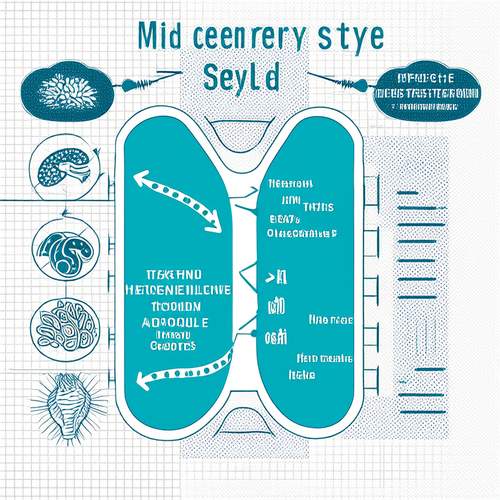
By /May 21, 2025

By /May 21, 2025
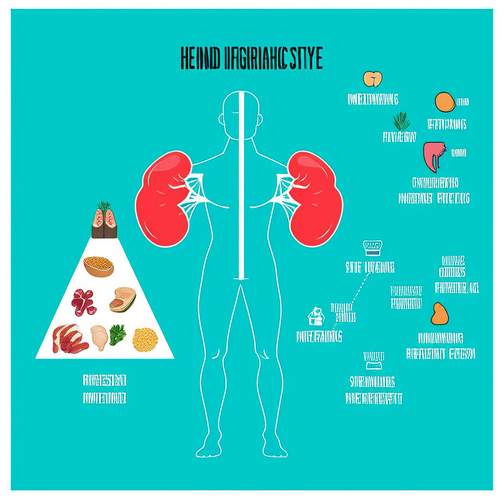
By /May 21, 2025
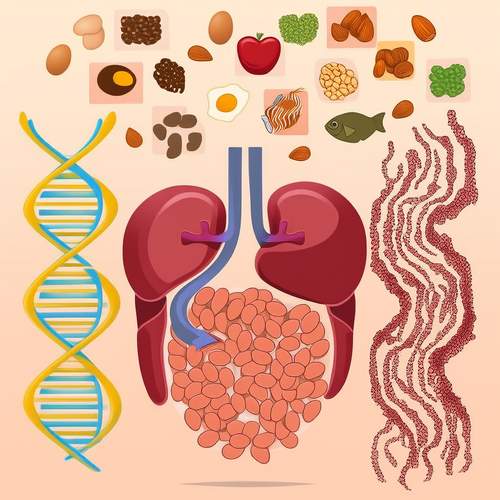
By /May 21, 2025
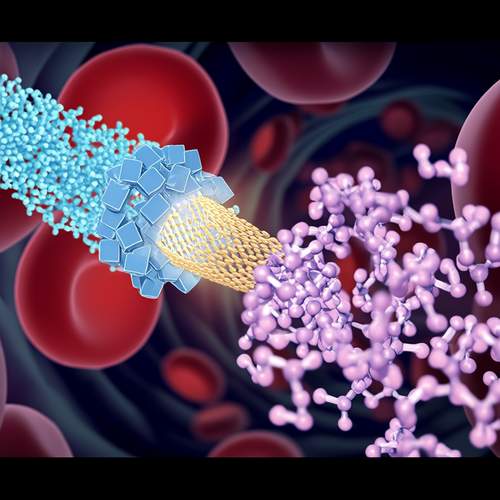
By /May 21, 2025
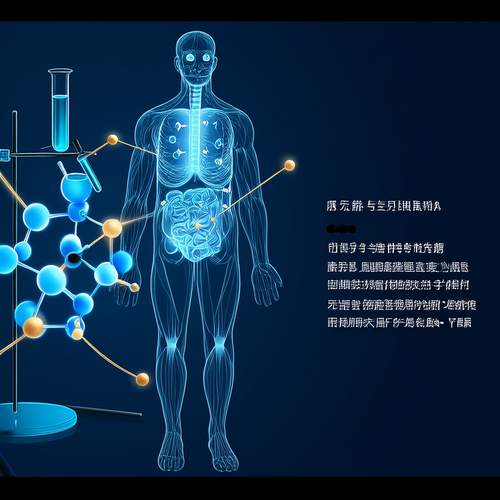
By /May 21, 2025

By /May 21, 2025

By /May 21, 2025

By /May 21, 2025

By /May 21, 2025

By /May 21, 2025
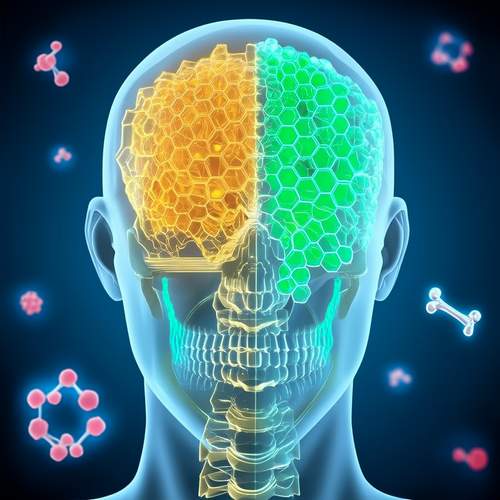
By /May 21, 2025

By /May 21, 2025
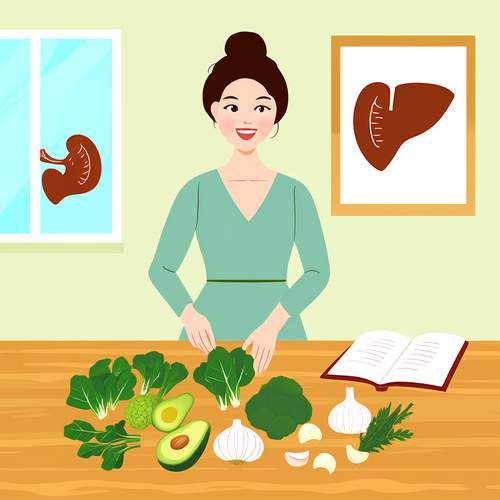
By /May 21, 2025

By /May 21, 2025

By /May 21, 2025

By /May 21, 2025

By /May 21, 2025

By /May 21, 2025